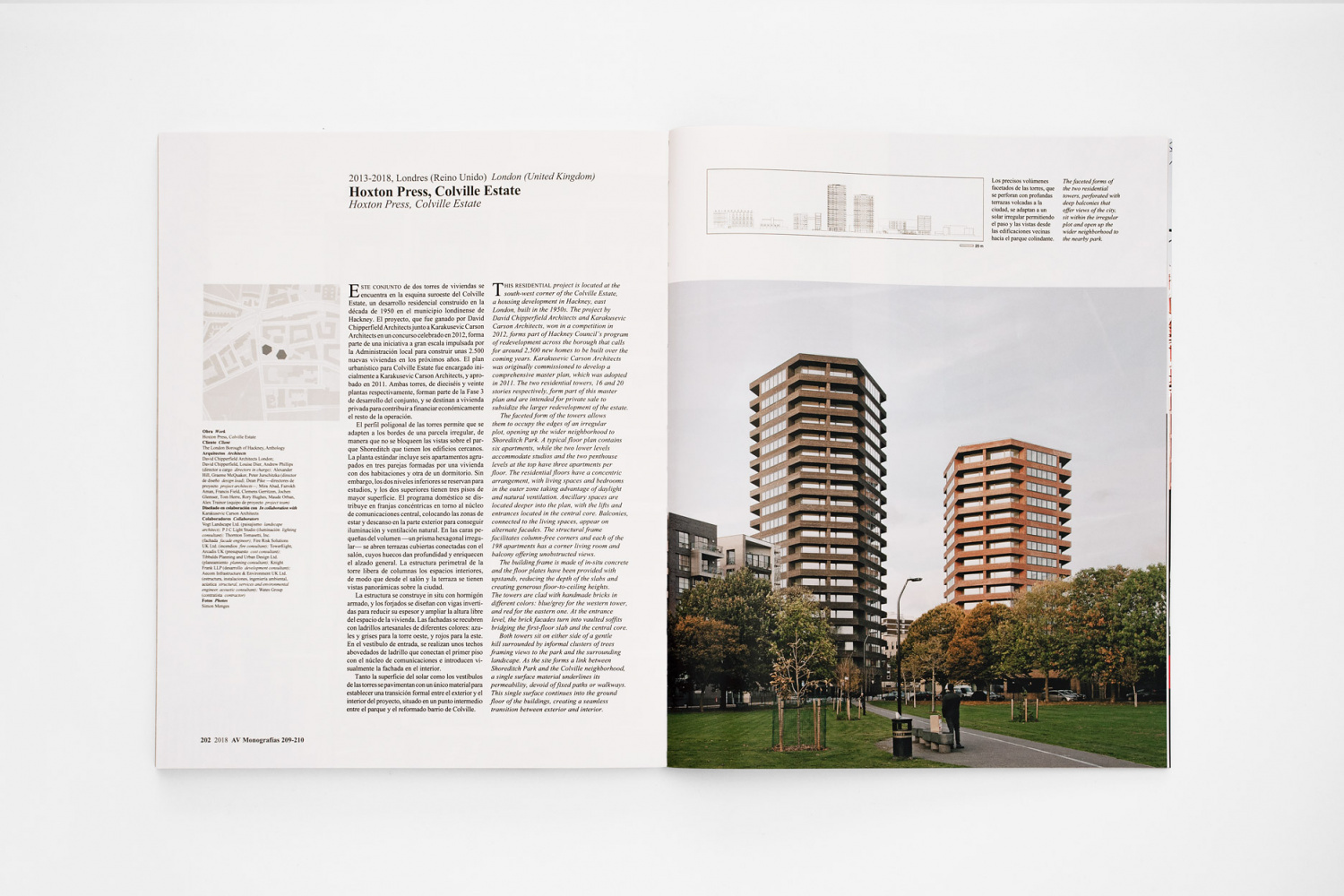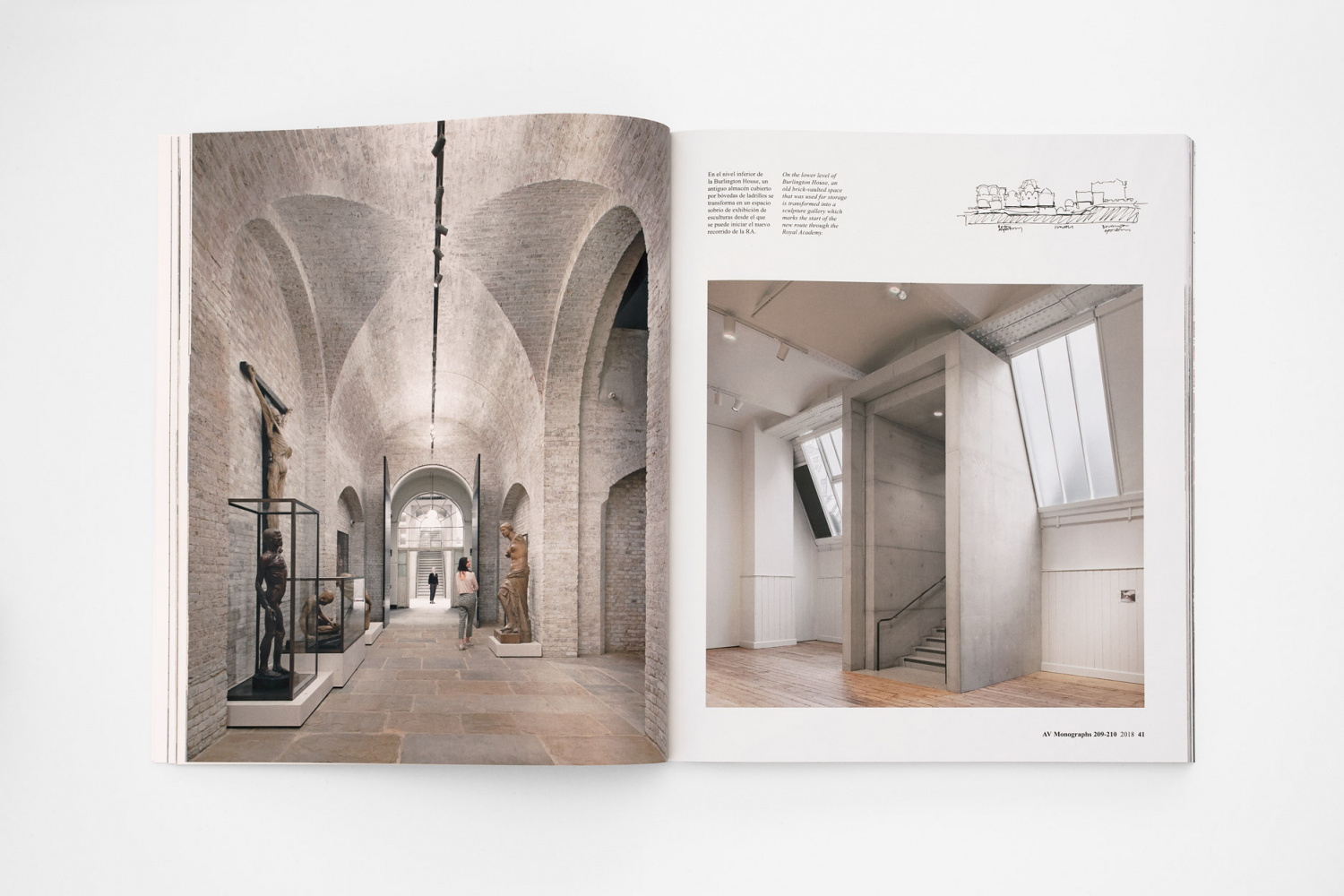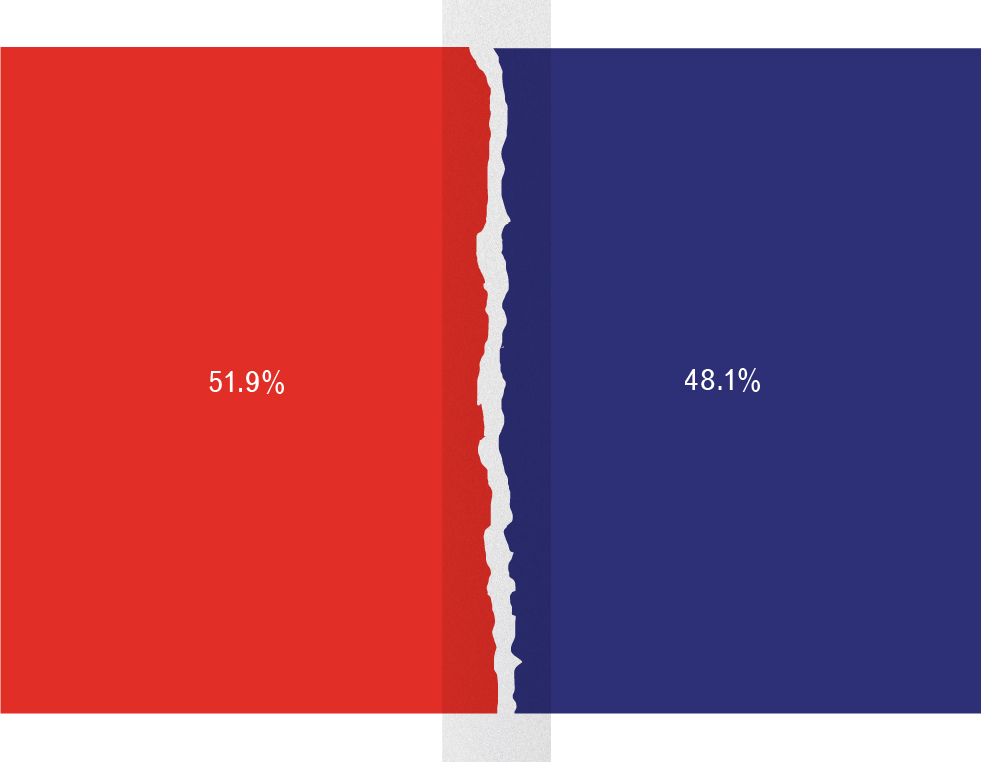In 2020, David Chipperfield guest edited ten issues of Domus, the celebrated Italian architecture magazine founded by Gio Ponti in 1928. Through his editorship David drew attention to the changing role of the architect and the need for vision in order to protect the intangible qualities of place and to confront the challenges of climate change and social inequality.
How should we react professionally as architects, designers and planners to the real challenges of climate crisis and growing financial and social inequality? We often claim that responsibility is in the hands of those who control the transactional commercial and political framework within which we must operate, but for too long we have accepted the paradox of our resistance and complicity, developing narratives that explain away our discomfort.
Beyond the development of energy consumption targets, ever-smarter technologies and sustainable materials, we must also question the fundamentals on which our professional positions have become dependent. We are not environmental scientists or sociologists, yet we know that our own professions have social and environmental consequences, and that they could contribute to solutions.
The brutal energy of investment and growth can only be countered with vision, so we need to offer a vision. We need to offer worlds in which the considerations of community are better represented, and high-quality living conditions are regarded as a right. The solutions cannot be found in a single project. Meaningful paths are set further upstream in the process long before we take on our individual tasks. It is only by acting collectively that we will find our voice in those critical conversations.
We must be open to learn from a younger generation that is nimble and free to question. We must also grasp our chance to act as public attention shifts its focus towards issues such as the provision of social housing, the importance of public space, the impact of traffic, and the need to protect the intangible qualities of place.
I am certain that we must not leave our territory to do this, but rather regain it. Architecture and design have their own formal and poetic perspectives and contributions that remain valid. As long as we make things we must consider how to improve our physical and spiritual environment. At the centre of all this we must remind ourselves of the importance of architecture and design as a physical embodiment of our desire for ideas and beauty, and its potential to silently inspire.



